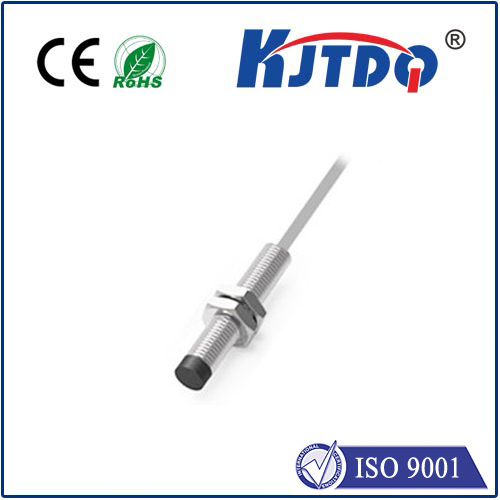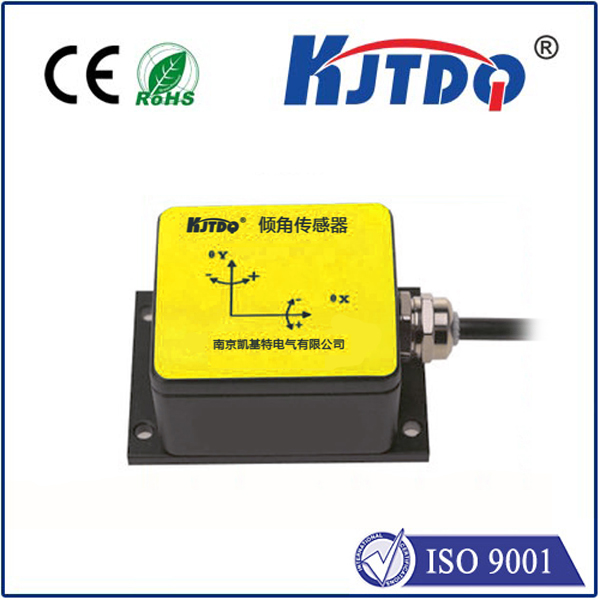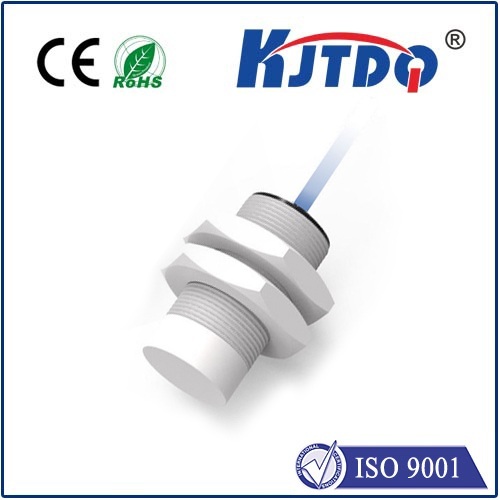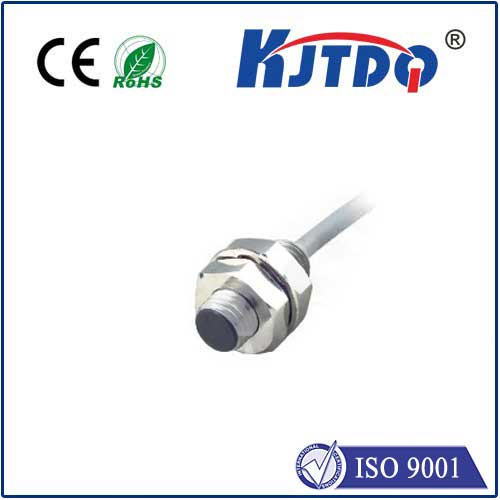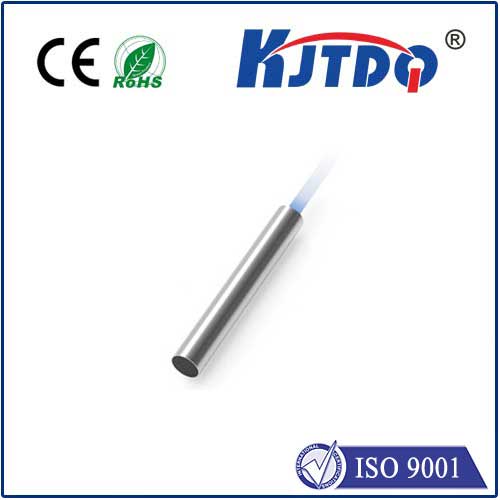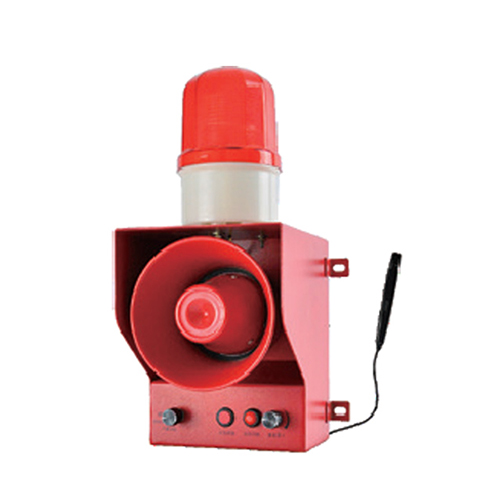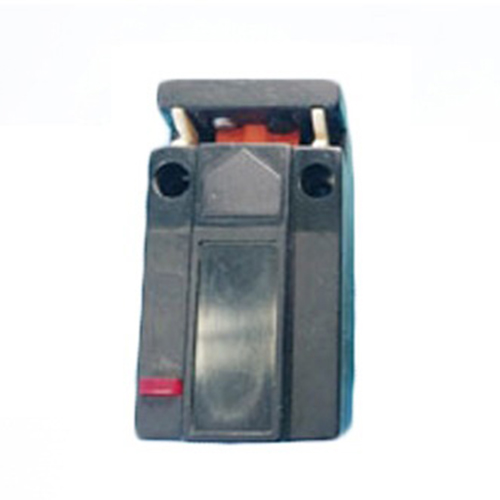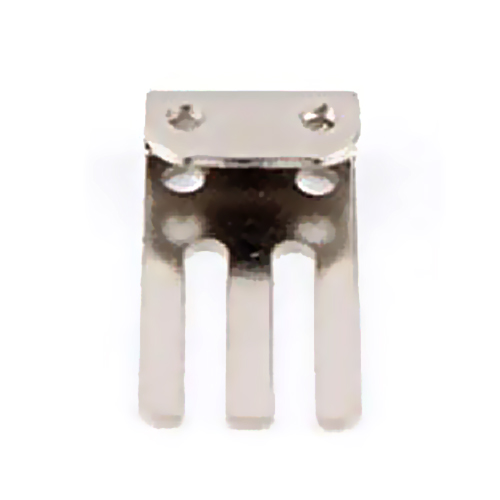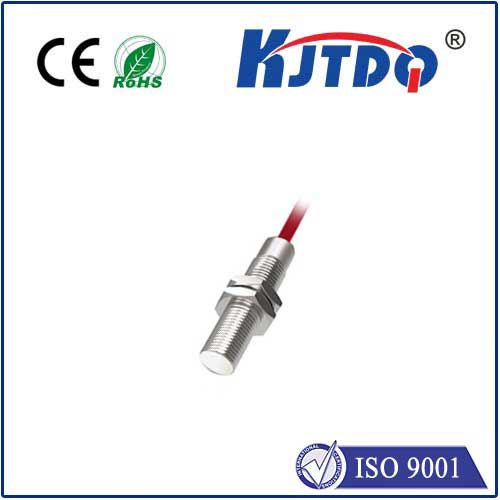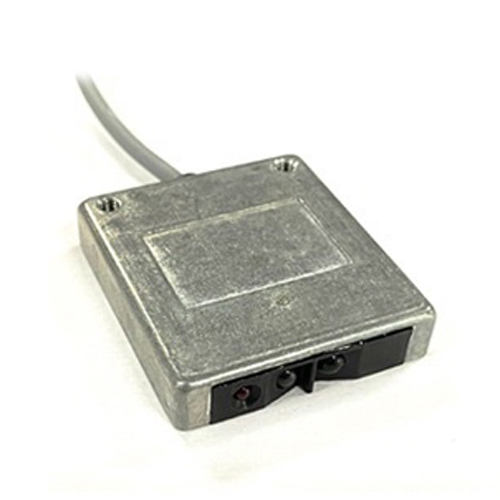optical fork sensor
- time:2025-08-13 16:57:34
- Нажмите:0
Uninterrupted Precision: The Essential Guide to Optical Fork Sensors
Imagine a silent, ultra-reliable sentinel. A device that instantly knows when an object passes by, without ever needing to touch it. This is the core function of an optical fork sensor, a fundamental and widely trusted technology in the world of industrial automation and beyond. Built for seamless integration and dependable performance, these sensors offer a unique solution for precise object detection and position verification.
At its heart, an optical fork sensor resembles a tuning fork in shape. It consists of a U-shaped housing. One arm houses an integrated infrared light emitter, while the opposite arm contains a matched photoelectric receiver. The genius lies in the gap between these arms – the sensing zone. The emitter constantly projects a precise beam of infrared light directly across this gap to the receiver. When an object passes through this gap, it interrupts the light beam. The receiver detects this beam interruption and triggers an immediate electrical output signal – confirming the presence or precise position of the object. This principle is fundamentally why they are categorized as through-beam photoelectric sensors.

What sets optical fork sensors apart is their inherent self-containment and alignment. Because the emitter and receiver are factory-aligned within a single, rigid housing unit, they eliminate the notoriously challenging setup associated with traditional separate emitter-receiver through-beam sensors. There’s no tedious alignment required during installation. This inherent design ensures perfect optical coupling right out of the box, guaranteeing maximum sensing reliability and resistance to vibration-induced misalignment. It significantly speeds up installation and minimizes setup errors, a major advantage on the factory floor.
The applications for optical fork sensors are vast and critical:
- Conveyor Systems: Detecting the presence, absence, or precise position of products, boxes, bottles, or components on a moving line. This is vital for automated counting, process initiation, and jam detection.
- Packaging Machinery: Verifying the presence of items in cartons or blister packs, ensuring flaps are open, or confirming labels are applied.
- Перевозка материалов: Monitoring the passage of components in assembly processes, controlling diverters, and detecting part positioning in robotics.
- Printing & Paper Handling: Detecting paper jams, verifying sheet feed, and monitoring media presence in printers and copiers.
- Food & Beverage: Counting items on high-speed lines (bottles, cans, packaged goods) and monitoring fill levels or cap presence. Their non-contact nature is crucial here for hygiene.
- Pharmaceutical: Ensuring precise component placement in blister packs and vial filling machines, where accuracy and contamination avoidance are paramount.
- Small Part Detection: Their ability to detect tiny objects makes them ideal for electronics assembly and watchmaking. Medical devices and analytical instruments also rely heavily on their precision for sample positioning and fluid detection.
Why choose an optical fork sensor? The benefits are compelling:
- Exceptional Reliability: The fixed alignment ensures consistent performance, immune to vibration and accidental bumping that plague separate component setups. Reduced maintenance is a key outcome.
- High Precision & Speed: Capable of detecting very small objects (down to sub-millimeter sizes in specialized models) and offering extremely fast response times, making them suitable for high-speed production lines. Their crisp switching signals are vital for timing-critical tasks.
- Non-Contact Sensing: Objects are detected without physical interaction, preventing damage to both the sensor and delicate products. This also means zero wear and tear from the sensing action itself.
- Environmental Resilience: Many models boast high Ingress Protection (IP) ratings (like IP67 or IP69K), making them resistant to dust, water jets, and harsh washdown environments common in food processing and industrial settings. They are also generally resistant to common ambient light interference.
- Simplified Installation & Maintenance: The integrated fork design drastically reduces setup complexity and time. Technicians love the plug-and-play nature compared to aligning separate emitter/receiver pairs.
- Cost-Effectiveness: While potentially slightly higher in initial unit cost than some basic sensors, the minimized installation labor, reduced downtime from misalignment issues, and long-term reliability often translate to a lower total cost of ownership.
Selecting the right optical fork sensor requires considering several factors beyond the fundamental beam interruption principle:
- Sensing Gap Width: Must be appropriate for the size of the objects being detected.
- Object Size (Min. Detectable): How small an object can reliably interrupt the beam?
- Response Time / Switching Frequency: How quickly can the sensor react and how many detections per second can it handle? Critical for high-speed lines.
- Output Configuration: NPN (sinking) or PNP (sourcing) transistor output? Typically supporting standard 10-30V DC operation.
- Connection Type: Pre-wired cable or M8/M12 plug connector?
- Housing Material: Engineering plastics (like PBT) suffice for many uses; stainless steel may be needed for extreme environments like food/pharma or high corrosion areas.
- Environmental Rating (IP): Ensure it matches the application’s dust and moisture levels.
- Special Features: Some models offer IO-Link communication for advanced diagnostics and parameterization, background suppression capabilities for clearer detection against complex backgrounds, or enhanced resistance to optical coatings (e.g., oil, water droplets).
From bustling factory floors to intricate laboratory instruments, the optical fork sensor remains a cornerstone technology. Its elegant simplicity, born from the fixed-alignment fork design harnessing infrared light, delivers unmatched reliability in detecting object presence or position. By offering maintenance-free operation, high-speed precision, and robust performance in demanding conditions, it solves fundamental automation challenges efficiently and cost-effectively. Whether silently ensuring a yogurt cup is filled, a pharmaceutical vial is capped, or a critical component is in place on an assembly robot, the optical fork sensor is an indispensable tool enabling modern automated systems to function with unwavering accuracy. Its role as a primary detection mechanism continues to be vital across countless industries.







